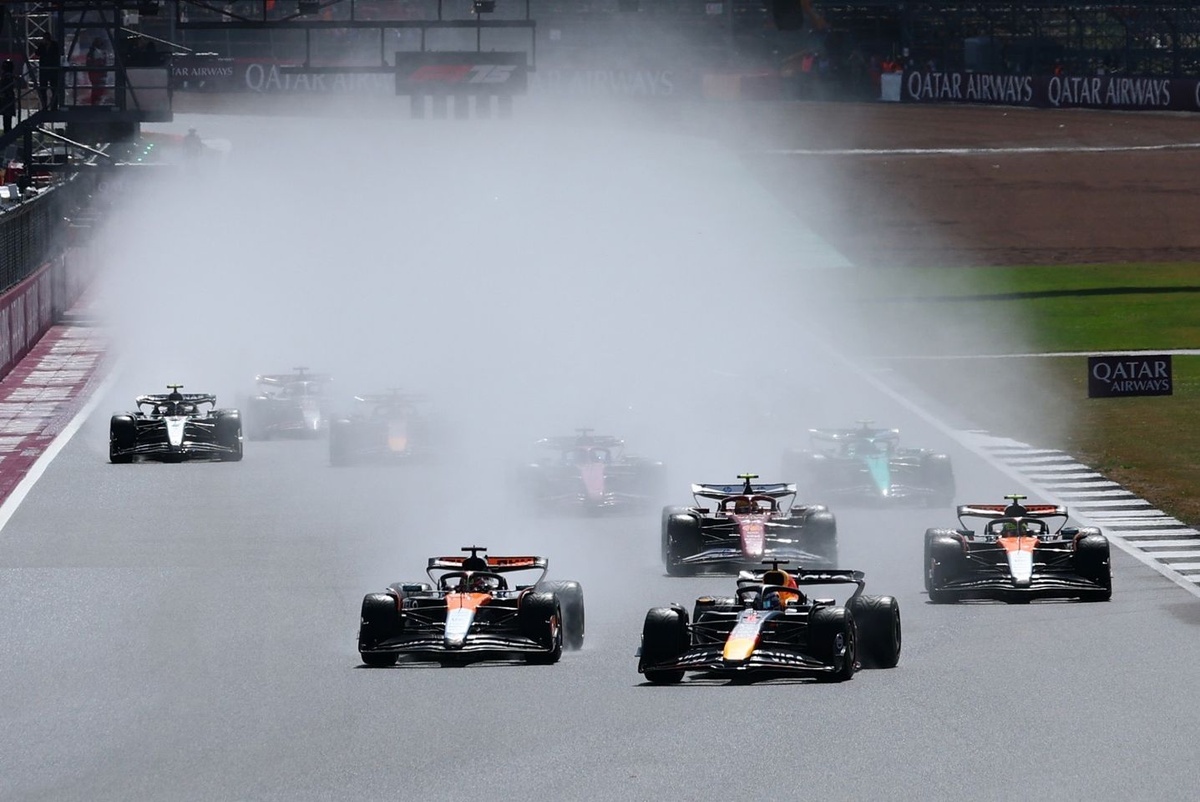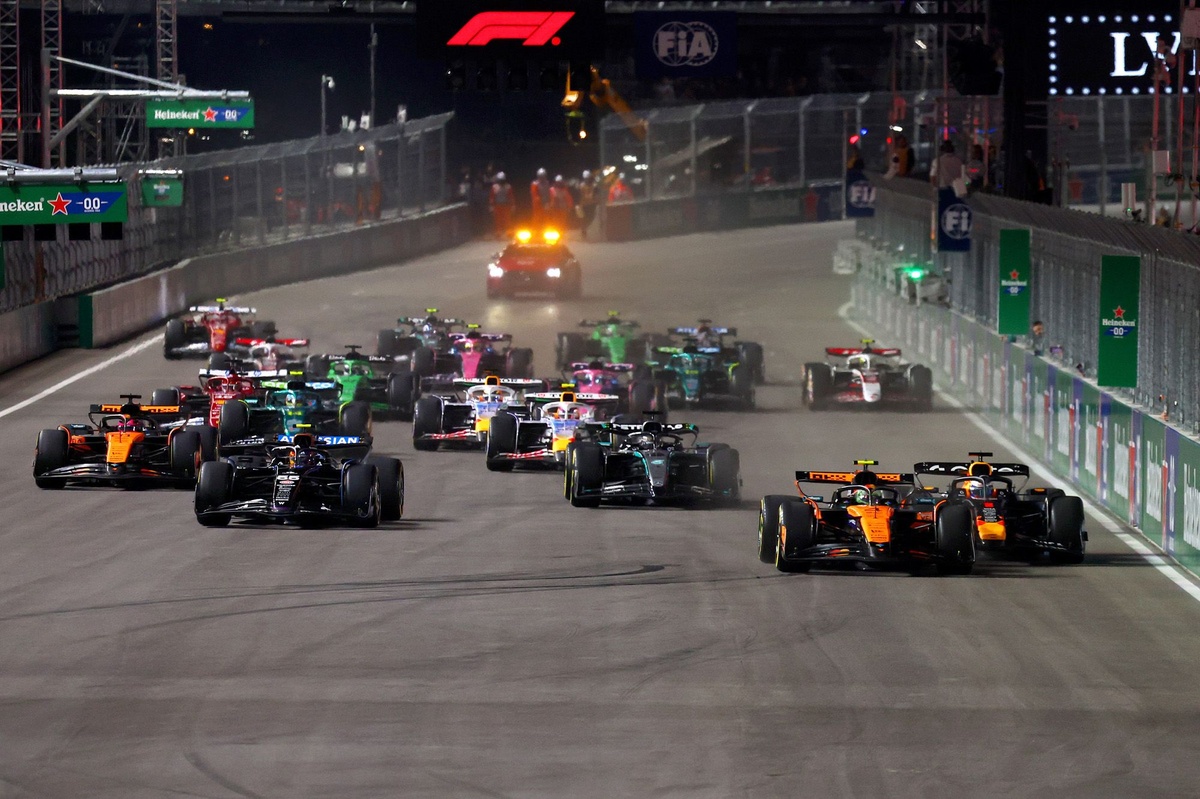Drivers Rarely Use Wet Tyres in F1: Pirelli Looks to Improve Performance
In the fast-paced world of Formula 1, the full wet tyre has become an increasingly rare sight on race weekends. Despite the presence of rain, drivers tend to favour intermediate tyres, primarily due to concerns over visibility caused by spray, as highlighted during the recent British Grand Prix at Silverstone. Pirelli, the official tyre supplier, acknowledges these challenges and has plans to enhance the performance of wet tyres as part of a long-term strategy.
Why Drivers Avoid Full Wet Tyres
Visibility Concerns
The primary issue that dissuades drivers from using full wet tyres is visibility. When track conditions are extremely wet, the aerodynamic design of modern F1 cars creates significant spray, severely limiting visibility. Efforts by the FIA to mitigate this with new car designs have yielded little success, leaving drivers cautious about venturing out on wet tyres.
The Crossover Point Challenge
Another significant factor is the tyre’s performance under varying conditions. Pirelli’s head of motorsport, Mario Isola, noted that the ‘crossover point’—the moment when it is advantageous to switch from intermediate to full wet tyres—has not been set optimally. Currently, this threshold is closer to 118% of dry lap times, compared to the intended target of 115-116%.
Pirelli’s Development Plans
Addressing Grip Loss
Recent driver feedback highlighted a different concern: loss of grip during cornering rather than mere aquaplaning. Isola explained that this issue stems from how the tread blocks are designed. Increased grooving aimed at preventing aquaplaning has inadvertently led to overheating, a condition that significantly diminishes grip.
Upcoming Improvements
To counter these challenges, Pirelli has implemented minor adjustments to the wet tyre tread patterns for the current season, focusing on reducing overheating and improving grip. Their goal is to foster a tyre that allows teams to make strategic decisions without sacrificing performance, especially as they prepare for a full tyre overhaul in 2026.
Future Prospects for Wet Tyres
Changes Ahead for 2026
An extensive regulation change is set for 2026, providing Pirelli an opportunity to re-engineer the wet tyre from the ground up. Isola has indicated that this new design will include a revised tread pattern aimed at enhancing performance and further shrinking the crossover point between intermediates and full wets.
Limitations in Testing
One persistent challenge in wet tyre development remains the lack of adequate testing. Pirelli is constrained by the regulations that prevent extensive tests under high-severity wet conditions. However, to make the most of testing opportunities, the company has devised contingency plans to test wet tyres whenever weather permits during test sessions.
Conclusion
As Formula 1 evolves, the challenge of efficient wet tyre usage remains a critical area of focus for teams, drivers, and Pirelli alike. With planned improvements on the horizon, fans and stakeholders alike will be eager to see if these changes will lead to increased usage of full wet tyres in forthcoming races.





